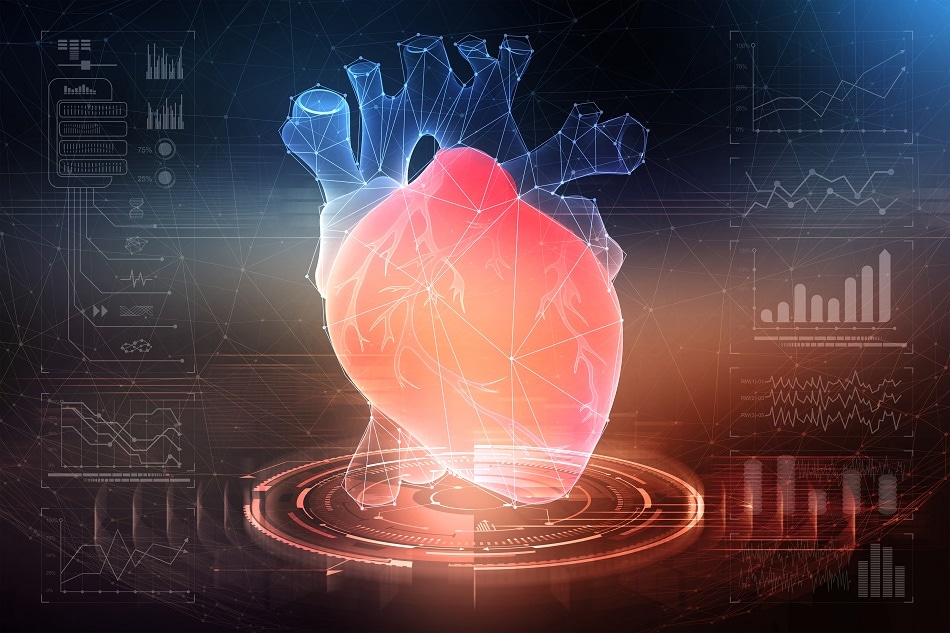
Image credit: YurchankaSiarhei / Shutterstock.com
3D printing and the human heart are no strangers to one another as the technology involved in this printing technique has been used in constructing life-sized models of the hearts of individuals to help researchers study heart disease in more detail.
Now, physicians are taking this technique one step further and using 3D printing in the approach towards the diagnosis of heart conditions in order for the technology to assist in the practice of heart surgery.
While over the years surgical procedures on the heart have vastly improved, open-heart surgery is still considered to be one of the most evasive and grueling procedures a patient can endure. The development of new techniques to reduce the stress and pain a patient must go through are constantly being fine-tuned and now the introduction of 3D printing into the process is being supported by the VA Puget Sound Health Care System.
Having recently partnered with the University of Washington School of Medicine the VA Puget Sound Health Care system hopes that the collaboration will help assist cardiologists in advancing their surgical techniques over the next two years.
The 3D printed models would enable the formation of accurate models of the heart to scale and the importance of this is that because no two hearts are the same, each surgical procedure itself is unique to each patient.
Therefore, by aiding physicians and cardiologists in the diagnosis of hard to determine conditions such as congenital heart disease or aortic stenosis, they can develop a patient-specific treatment. Moreover, the progressive introduction of surgery techniques that are less intrusive not only offer patients better care but also can help reduce healthcare costs.
3D printed medical models can facilitate patient understanding and informed consent, training of physicians, diagnosis of disease and surgical planning.
Beth Ripley, Radiologist, VA Puget Sound
Therefore, the advent of 3D printing into the treatment of heart disease and other pulmonary conditions opens up the door for effective heart surgeries that could enable faster recovery and less suffering for patients post-op. This is due to the fact that physicians can determine the exact placement of valves relative to arteries on the patient’s heart which vastly improves surgical planning.
The current collaboration between VA Puget Sound and the University of Washington makes use of Materialize Mimics 3D printing software in conjunction with GE Advanced Workstation Volume Share Software. These platforms easily integrate with healthcare systems and can translate medical image data (DICOM files) to accurate 3D anatomical models. With a wide range of state-of-the-art 3D printers also at their disposal, VA Puget Sound and the University of Washington School of Medicine can provide a plethora of patient exclusive models to surgeons and physicians alike.
Beyond improving our understanding of a patient’s anatomy, (3D printing) allows us to know which catheters and replacement valves will fit, and how best to approach the particular structure. That knowledge turns into costs savings for the patient in terms of devices and procedure duration.
Dmitry Levin, Researcher, The University of Washington School of Medicine
Leading the way in the implementation of 3D printing techniques into diagnosis and surgical applications, VA Puget Sound and the University of Washington expect their partnership to provide a welfare boost to a database of around 9 million patients.
The continuation of research and development also paves the way for the future of surgical procedures and integration with technology on the global scale. Already researchers at Great Ormand Street Hospital in London are following suit in collaboration with the British Heart Foundation who are funding the project there.
3D printing seems to be provoking nothing short of a paradigm shift in the way heart disease patients are diagnosed and treated. Furthermore, other chronic diseases such as its applications in cancer and diabetes treatments are also being explored using the technology.
With recent progress also being made on the bioprinting of organs, the impact of this technology to aid the detection, treatment, and aftercare may not only save and preserve the lives of patients it could be monumentous for the future of medicine.
Disclaimer: The views expressed here are those of the author expressed in their private capacity and do not necessarily represent the views of AZoM.com Limited T/A AZoNetwork the owner and operator of this website. This disclaimer forms part of the Terms and conditions of use of this website.